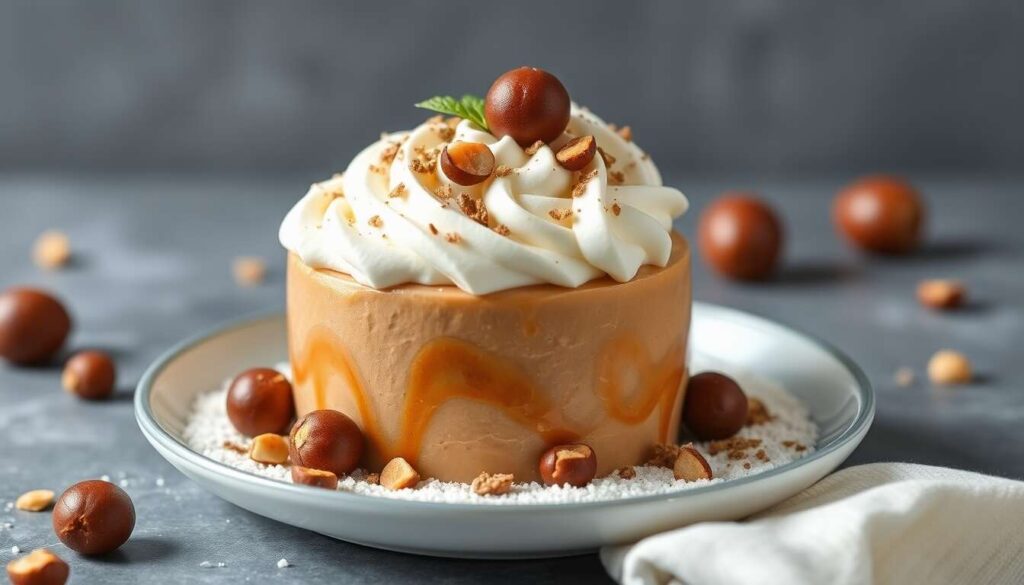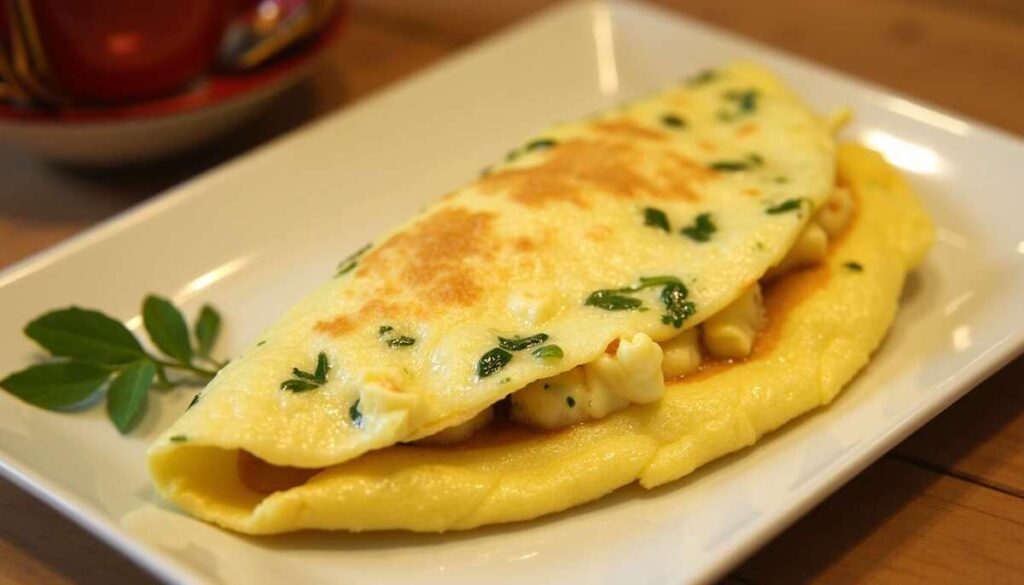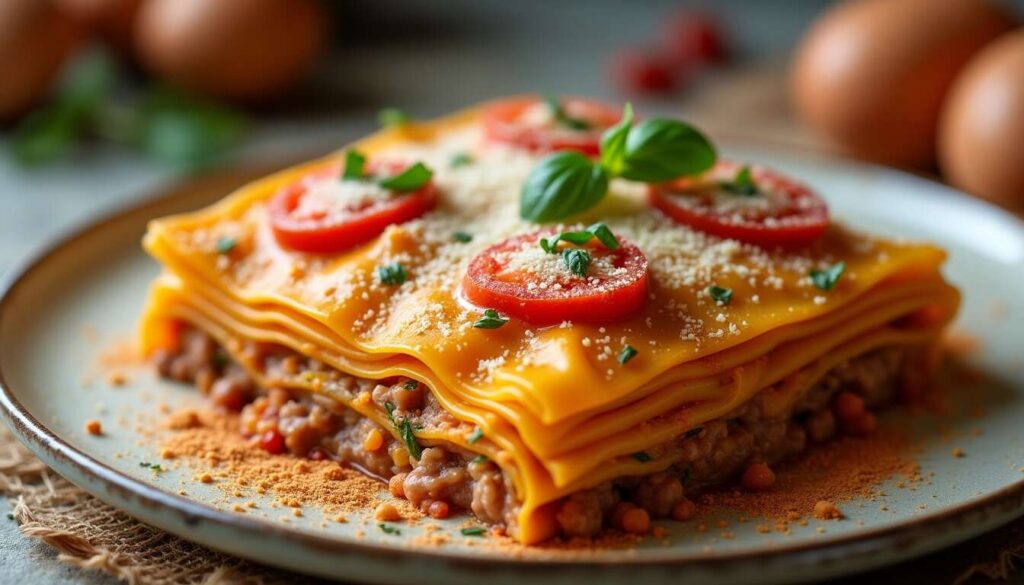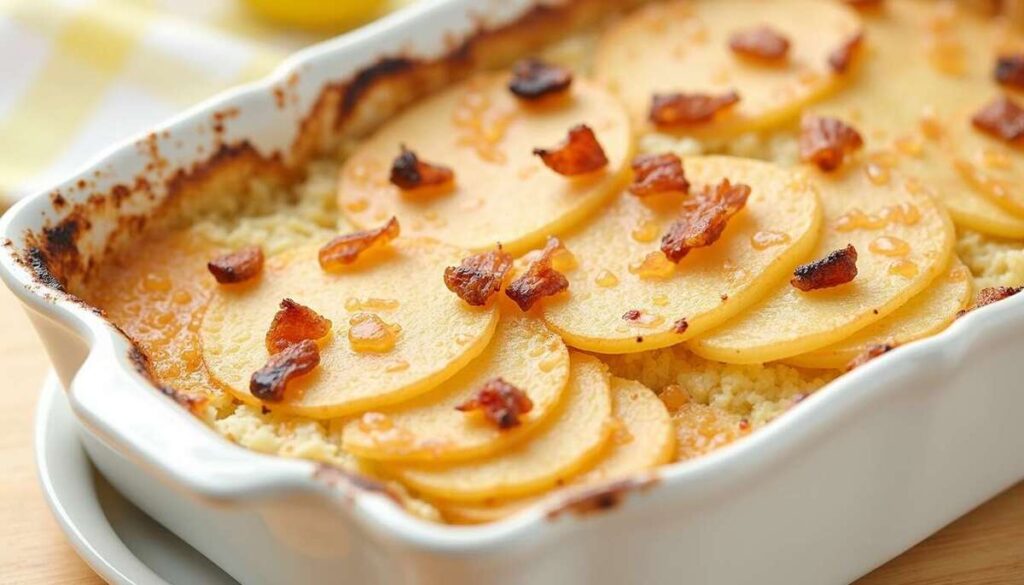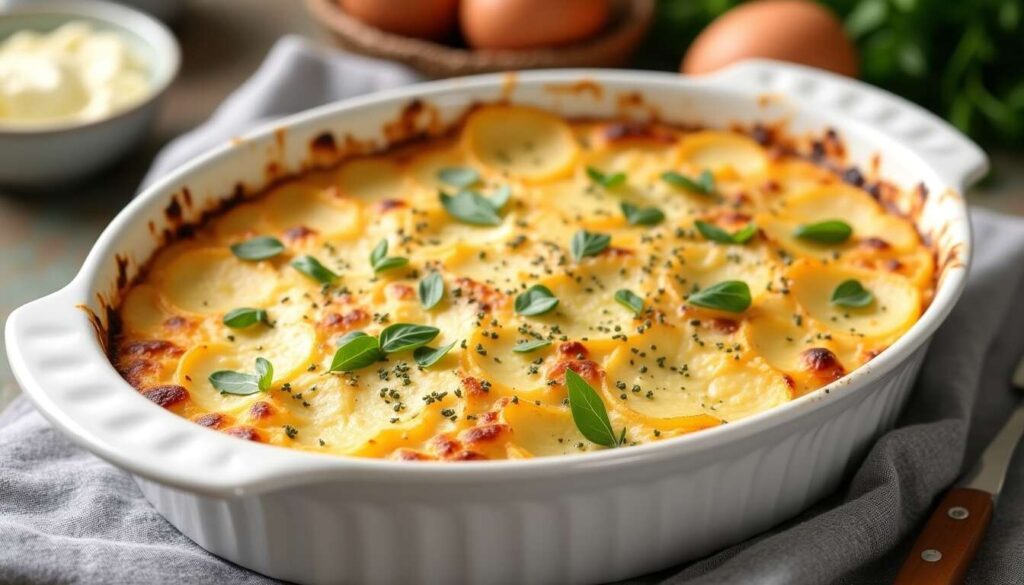If your pancake batter is still too thick, fret not; this is a common challenge that can be easily overcome. Let’s explore together the causes and effective solutions to achieve a smooth and manageable batter.
Understanding the Basics of Pancake Batter
Essential Ingredients
To master your pancake batter, it is crucial to understand the role of each ingredient. The fundamental components include: flour, eggs, liquid (such as milk or water), and a pinch of salt. Each ingredient plays a vital part in the texture and flavor of the final batter.
- Flour: It provides structure to the batter and needs to be measured accurately.
- Eggs: They add richness and act as a binding agent.
- Liquid: Adjusts the consistency and hydrates the flour.
The Importance of Proportions
A successful pancake batter hinges on the correct proportions. Too much flour or insufficient liquid can result in a thick consistency. Utilizing a scale to weigh your ingredients ensures precise measurements.
| Ingredient | Proportion |
|---|---|
| Flour | 250 g |
| Eggs | 3 pieces |
| Milk | 500 ml |
Beyond the ingredients, let’s understand why precise measurement is so essential.
Identifying Common Mistakes
Measurement Errors
The most frequent cause of thick batter is a mistake in measurement. Always add flour gradually to ensure that the batter maintains a slightly fluid consistency.
Too Much Flour
Adding too much flour is a common pitfall. Weighing the flour can help prevent this imbalance and maintain an optimal consistency.
With this in mind, let’s explore how to prevent lumps that could also thicken your batter.
Sifting to Avoid Lumps
The Benefits of Sifting
Sifting the flour helps to prevent lumps that can make the batter thick. This step is often overlooked but is invaluable for creating light batter.
Sifting Tips
- Use a fine sieve: This allows for proper aeration of the flour.
- Sift slowly: This promotes an even distribution.
The trick for an odor-free dishwasher in 2 simple steps
Now that we’ve removed impurities from the flour, let’s discuss the importance of liquids in your preparation.
Mastering Liquid Quantity
How to Keep the Batter Fluid
A proper pancake batter should lightly coat the back of a ladle. An insufficient amount of liquid can make it too dense; adding water or cider can lighten it without making it heavy.
Best Practices
Incorporate the liquid gradually while stirring to achieve a homogeneous texture. Consider using liquids other than milk to avoid undesirable thickening.
Next, let’s delve into the science behind resting the batter, another key to success.
The Importance of Resting the Batter
Why Let It Rest?
After preparation, we recommend letting the batter rest. This time allows the flour to fully absorb the moisture, resulting in a smoother, more pliable batter.
Resting Duration by Flour Type
| Type of Flour | Resting Duration |
|---|---|
| All-Purpose | 1.5 hours |
| Wheat | 2 hours |
| Buckwheat | 2 hours |
After this resting period, let’s discuss the cooking tools that will significantly impact the final outcome.
Choosing the Right Cooking Tools
Appropriate Equipment
For successful pancakes, opt for a dedicated non-stick or cast iron skillet. These materials ensure even heat distribution.
Essential Utensils
A ladle for measuring the batter and a spatula for flipping the pancakes without tearing them are essential.
Now let’s see how to adjust the texture during cooking to achieve perfection.
Adjusting Texture as Needed
Observation and Adjustment
As you begin to prepare your pancakes, pay close attention to the batter’s texture. If it appears too thick, incorporate a bit of water. Take your time to observe and adjust as necessary.
Signs of a Good Batter
- Good fluidity
- Smooth and free of lumps
- Capable of lightly coating the back of a spoon
Lastly, let’s consider how to tailor these recipes to suit your personal tastes.
Adapting the Recipes to Your Preferences
Vary the Ingredients
Do not hesitate to personalize your batter by experimenting with ingredients. From vanilla to almond extract, the possibilities are endless.
7 tips to make your stainless steel pots shine
Adjust According to Your Preferences
If you prefer a lighter batter, incorporate more liquid. For thicker pancakes, add a bit more flour.
By approaching each step with care and attention, you can finally create a perfectly balanced pancake batter that will delight you and your guests. Throughout this article, we have explored how proper ingredient proportions, meticulous sifting, the significance of resting, and the use of appropriate tools can influence pancake batter. By adjusting the details to match your personal preferences, it is now easy to bid farewell to thick batters and welcome light and delicious pancakes. Wishing you wonderful recipes and beautiful success in the kitchen!


